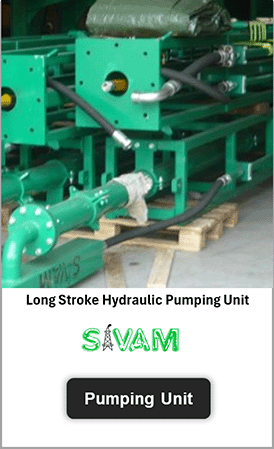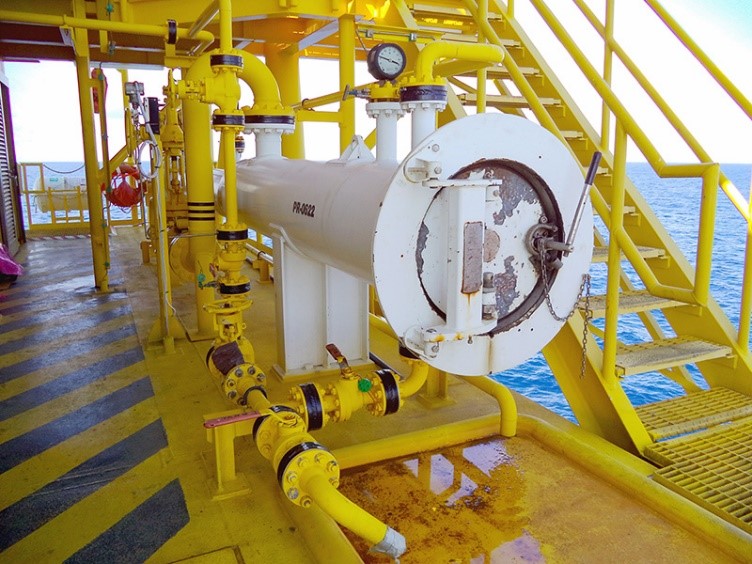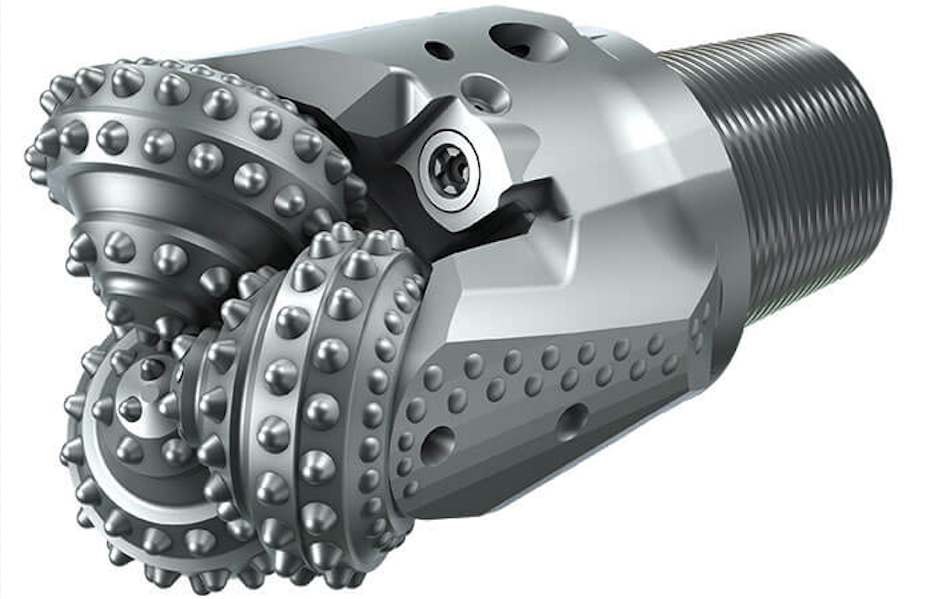Other related articles
Where to Place an Offshore Platform Everyone wants to do a good job or DEG Regeneration Drama Crew Bus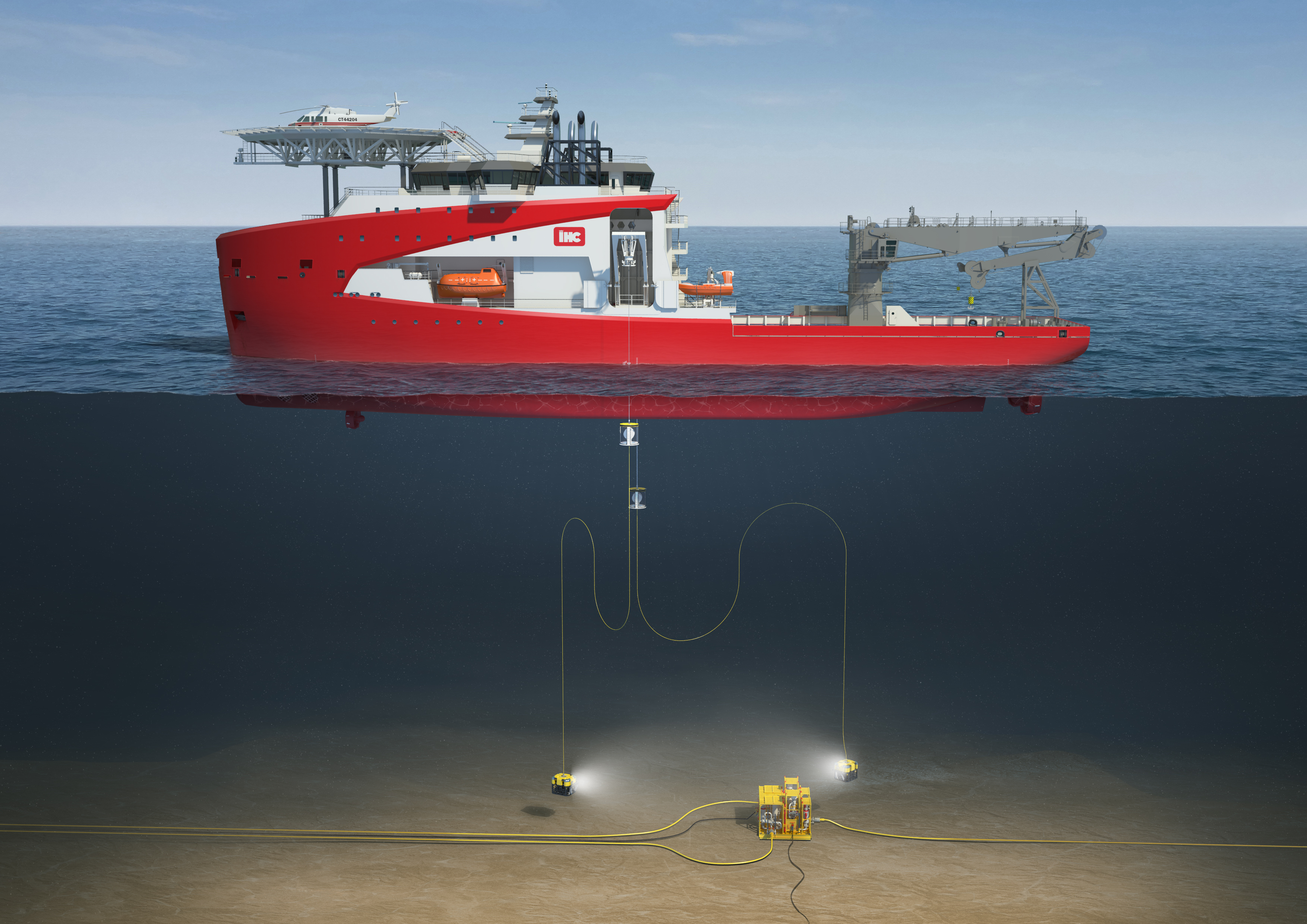
Dive Support Vessel (DSV)
A dive support vessel (DSV) is a type of ship that is designed to support underwater diving operations. It typically has a large deck area for cargo and equipment, a diving bell and/or saturation diving system for divers to safely descend and ascend to the depths, and accommodation quarters for crew and passengers. DSVs come in a variety of sizes and styles, each suited to different types of tasks and environments.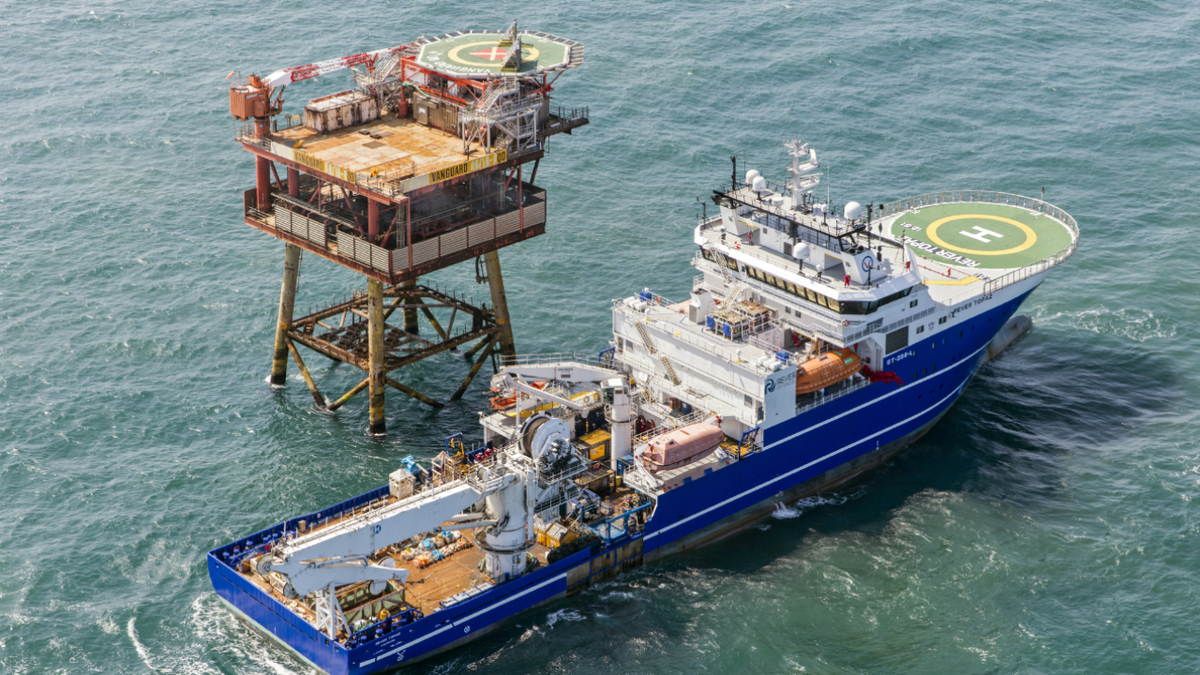
The typical dive support vessel has several key components, including: • The hull: The hull of a dive support vessel is the watertight bottom and sides of the ship that are designed to float and keep the ship stable. It is typically made of steel or aluminum and is designed to be able to withstand the loads and stresses that are applied to it. • The deck: The deck of a dive support vessel is the flat top surface of the ship that is designed to support cargo, equipment, and personnel. It is typically made of steel or aluminum and is designed to be able to withstand the loads and stresses that are applied to it. • The diving bell: The diving bell of a dive support vessel is the component that is used to transport divers to the depths. It is typically made of steel or aluminum and is designed to be able to withstand the pressure of the water at depth. It is typically powered by a winch and hoist system. • The saturation diving system: The saturation diving system of a dive support vessel is the component that is used to support divers living and working at depth for extended periods. It typically consists of living quarters, a diving bell, and a system for providing life support for the divers. • The propulsion system: The propulsion system of a dive support vessel is the component that is used to move the ship. It typically consists of one or more engines, a transmission, and propellers.
The engineering specifications for a dive support vessel are: • Length range: typically from 150 to 300 ft • Gross tonnage range: typically from 500 to 10,000 • Speed range: typically from 10 to 15 knots • Deadweight tonnage range: typically from 1,000 to 10,000 • Standard: ABS (American Bureau of Shipping) or DNV GL (Det Norske Veritas Germanischer Lloyd)
A dive support vessel (DSV) is a type of ship that is designed to support underwater diving operations. It is typically equipped with a large deck area, a diving bell, saturation diving system and accommodation quarters. DSVs are known for their power, durability, and efficiency. They are designed to be able to withstand the loads and stresses that are applied to them and to resist wear and tear and corrosion over time. They are also equipped with safety features such as fire-fighting systems, lifeboats, and emergency generator to ensure the safety of the crew and passengers. With the use of advanced technology, such as dynamic positioning systems and remote control, these vessels can be operated more safely and efficiently. The DSV are designed to operate in harsh offshore environments and are equipped with advanced navigation and communication systems, they also have specialized equipment and facilities to support the diving operation such as decompression chambers and hyperbaric life support systems.
You may also like
Image from https://www.royalihc.com/offshore-energy/offshore-vessels/offshore-support-vessel
Image from https://www.rivieramm.com/news-content-hub/news-content-hub/long-term-charter-inked-for-v
The goal for 'Ballycatter Tech' is giving high value content and offering the best experience every day.

